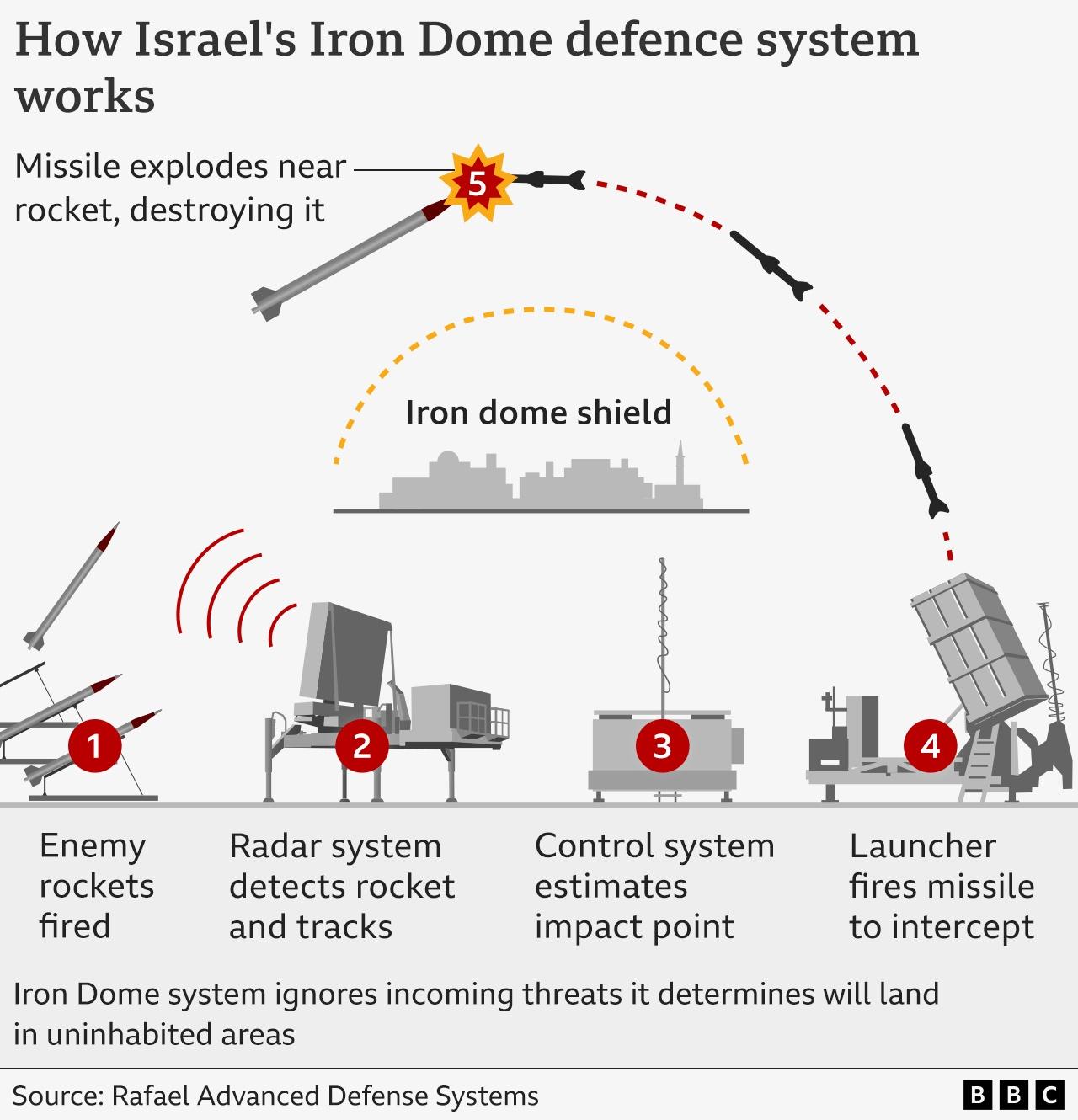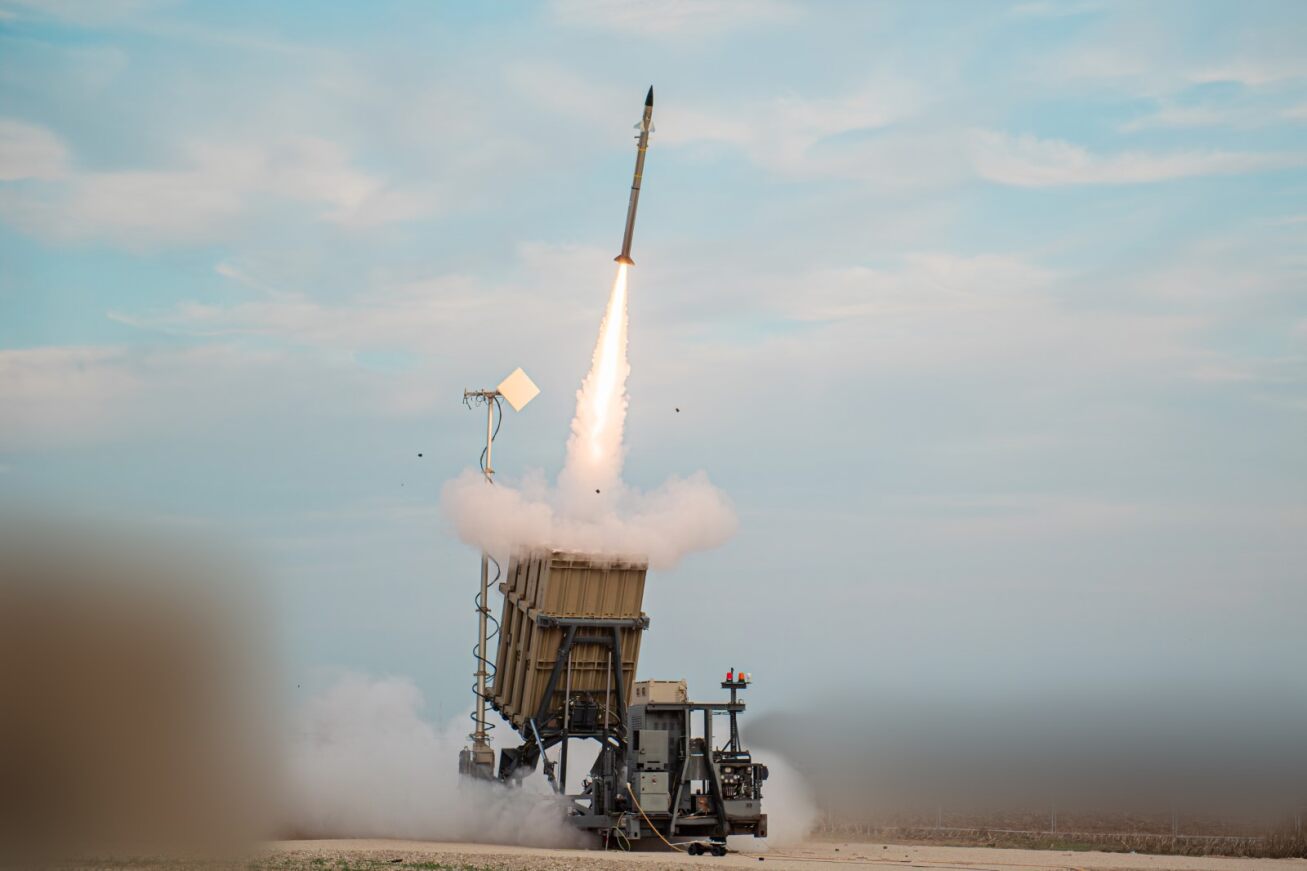
The Iron Dome is a mobile all-weather air defense system designed to intercept and neutralize short-range rockets, artillery shells, and mortars aimed at populated areas. Developed by Rafael Advanced Defense Systems in collaboration with Israel Aerospace Industries (IAI), it was first deployed in 2011 and has since become a critical component of Israel's multi-layered defense strategy.
How It Works
The Iron Dome system comprises three core components:
-
Radar Unit – Detects and tracks incoming threats.
-
Battle Management and Control (BMC) – Analyzes the trajectory and determines if the projectile poses a threat to populated or strategic areas.
-
Missile Firing Unit – Launches a Tamir interceptor missile to destroy the threat mid-air if necessary.
This triad allows the system to ignore rockets that will land in uninhabited areas, preserving interceptors and reducing costs.
Real-Time Interception
The Iron Dome is renowned for its rapid response time—often engaging targets within seconds of detection. Its advanced radar and command systems ensure high interception success rates, typically cited above 90% in operational scenarios.
Global Interest and Deployments
Though originally designed to protect Israeli territory, the success of the Iron Dome has attracted international attention. The U.S. has funded parts of the project and even acquired batteries for testing and deployment. Other countries have expressed interest or entered agreements for similar systems or technological cooperation.
Technological Innovation and Future Development
The Iron Dome's capabilities have continued to evolve. Rafael is working on upgrades to counter emerging threats, including drones and precision-guided munitions. A naval version of the Iron Dome, known as C-Dome, has also been developed for maritime defense.
Criticism and Limitations
While Iron Dome has saved countless lives, critics argue it is not foolproof. Saturation attacks—when dozens of rockets are launched simultaneously—can challenge the system’s capacity. Additionally, the high cost of each interceptor missile (estimated at tens of thousands of dollars) compared to the low cost of the rockets it intercepts poses long-term sustainability concerns.
Conclusion
The Iron Dome stands as a symbol of technological innovation in modern warfare, demonstrating how advanced systems can protect civilian populations in volatile regions. As global threats evolve, so too will the technologies designed to defend against them.

You must be logged in to post a comment.